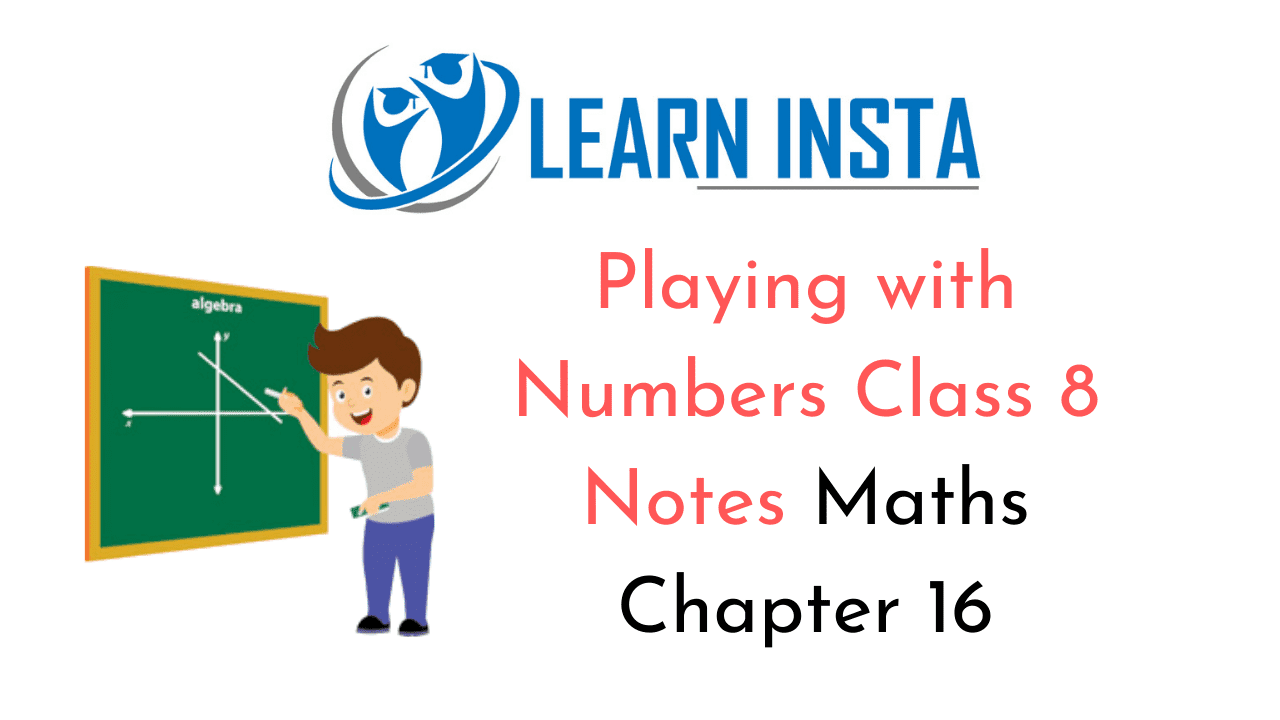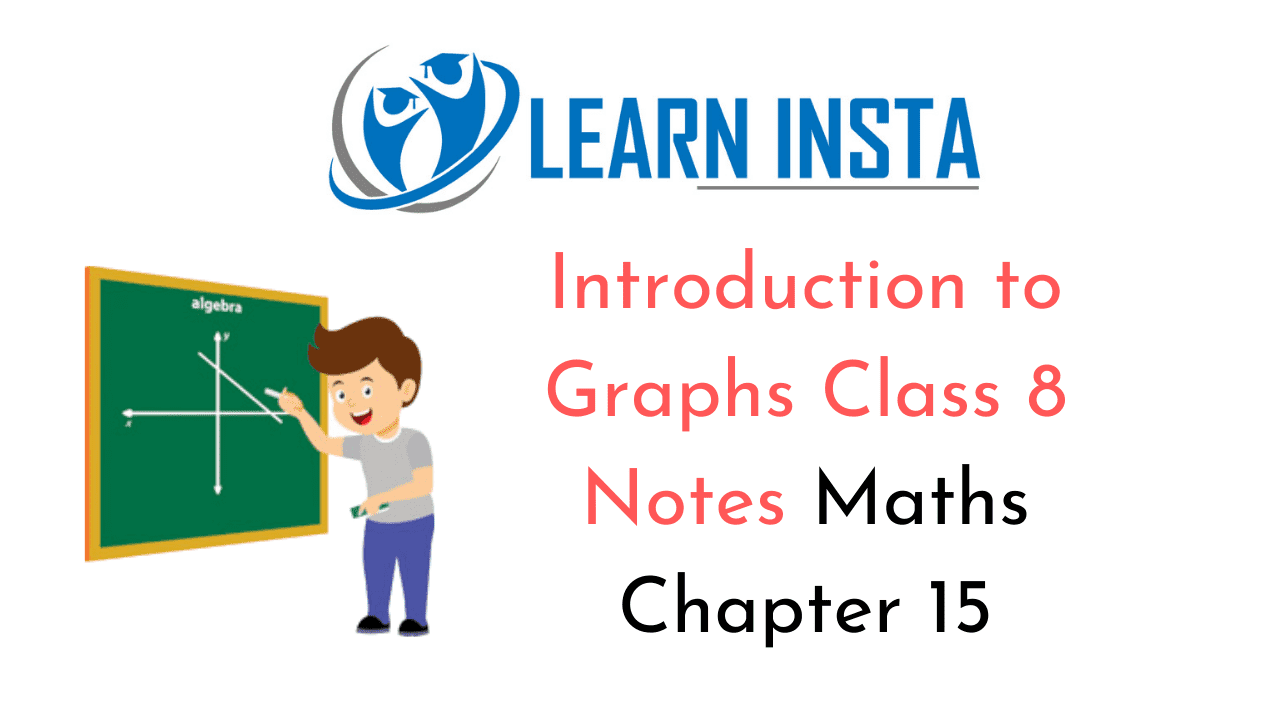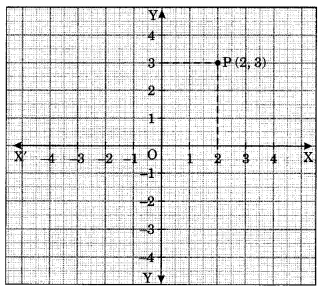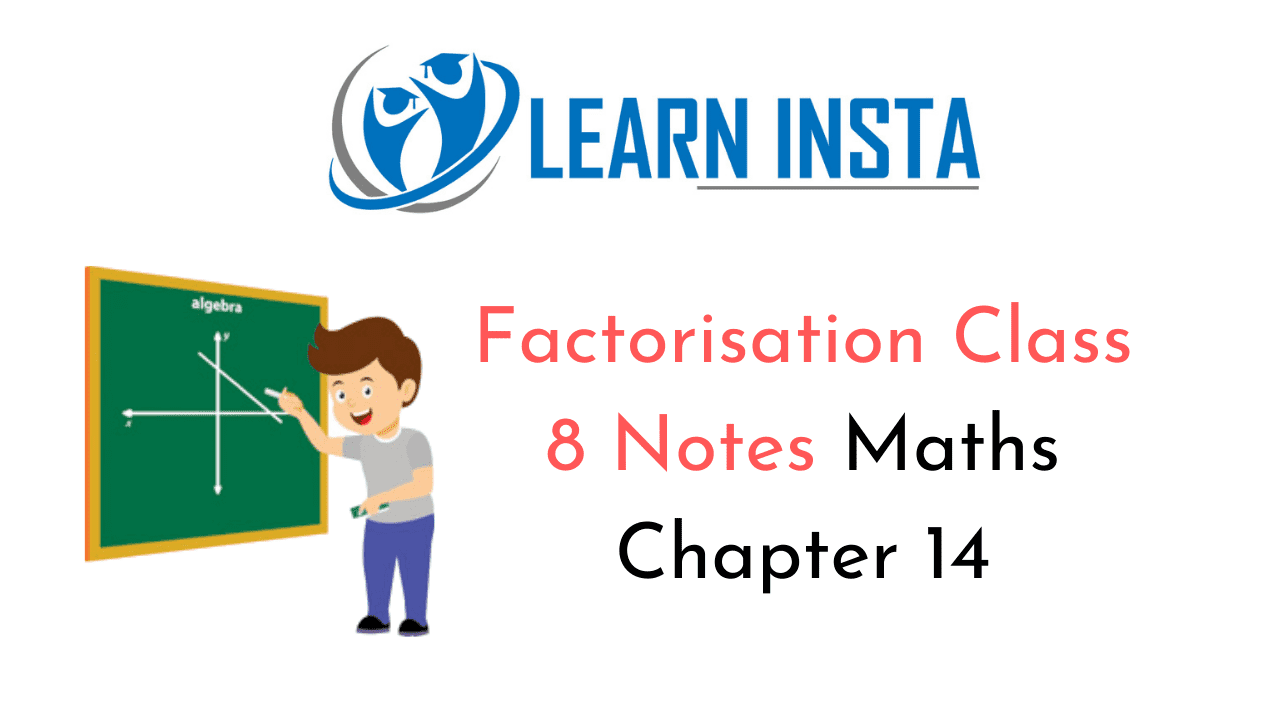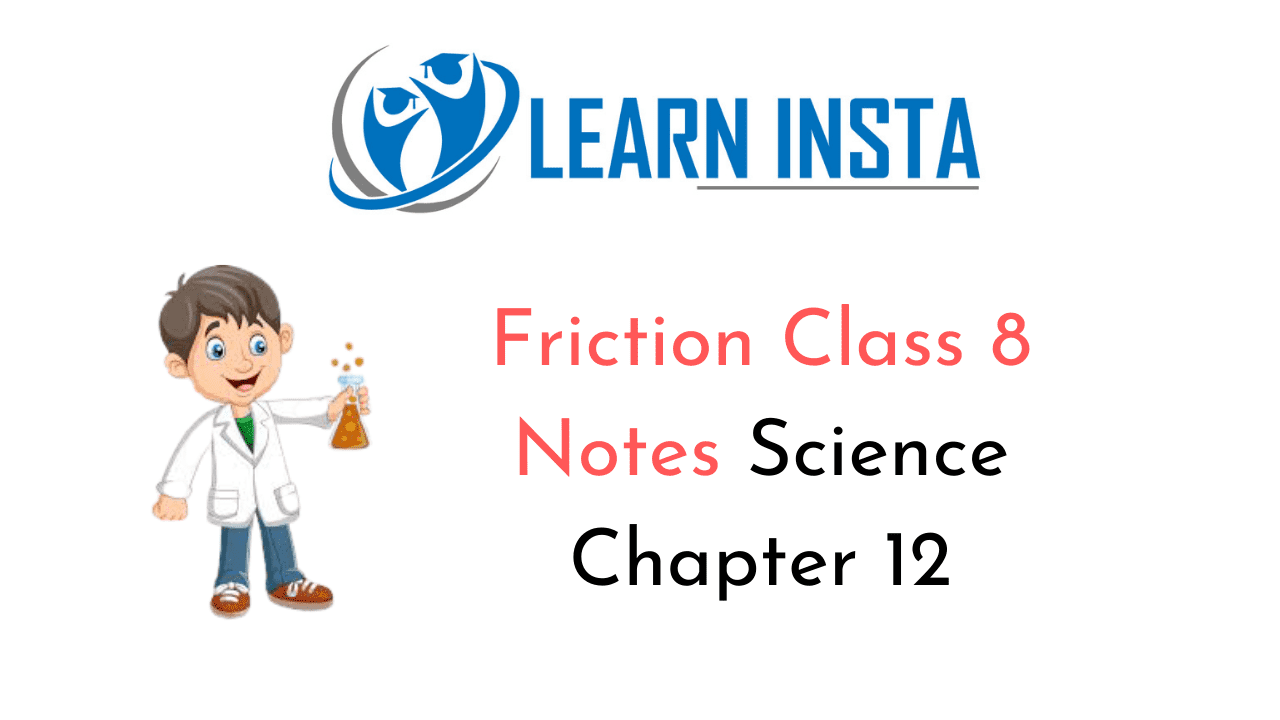
On this page, you will find Friction Class 8 Notes Science Chapter 12 Pdf free download. CBSE NCERT Class 8 Science Notes Chapter 12 Friction will seemingly help them to revise the important concepts in less time.
CBSE Class 8 Science Notes Chapter 12 Friction
Friction Class 8 Notes Understanding the Lesson
1. Friction opposes the relative motion between two surfaces in contact. It acts on both the surfaces.
2. Friction always acts in a direction opposite to the direction of motion.
3. The force of friction always opposes the applied force. So it is defined as a force that opposes motion.
4. Friction depends upon the nature of surfaces in contact. It also depends upon the weight of the body.
5. Friction is greater in rough surface and smaller in smooth surface.
6. Friction is caused by the interlocking of irregularities between the two surfaces, Friction is independent of the area of contact.
7. Friction is both a friend and a foe. It is a necessary
8. Friction can never be reduced to zero.
9. Friction is also caused due to the force of adhesion.
10. The substances that reduce friction are known as I lubricants. They form a thin layer on the moving I surfaces. So, they do not rub directly against each other.
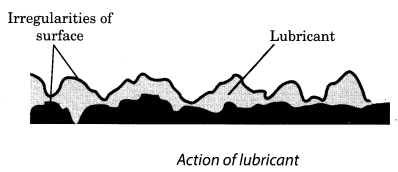
11. Friction can be reduced by using grease, oil, powder, ball bearings and a cushion of dry air between the 1 moving surfaces.
12. The force required to overcome friction at the instant an object starts moving from rest is a measure of static friction. It comes into play when try to move an object at rest.
13. When one body or object rolls over the surface of another body or object, the resistance to its motion is known as rolling friction.
14. When one object slides over another object, the friction that comes into action is called sliding friction.
15. The force of friction exerted by fluids is also known as drag. The common name of gases and liquids is fluid.
16. Ball bearings are used to reduce friction.
17. Fluid friction of an object depends upon its speed with respect to the fluid, the shape of the object and the nature of the fluid.
18. A special shape is given to overcome drag of an object. For example, shape of an aeroplane and ship are streamlined. Birds and fish have naturally got such shape.
19. Sometimes we deliberately increase friction by using brake pads in the brake system of bicycles and auto¬mobiles and by grooving soles of shoes or tyres of vehicles, etc.
Class 8 Science Chapter 12 Notes Important Terms
Ball bearing: A bearing in which the parts are separated by a ring of small freely rotating metal balls.Ball bearings are used to reduce friction.
Drag: The frictional force exerted by fluids is called drag.
Fluid friction: Friction that occurs in liquids or gases is called fluid friction.
Friction: The resistance that one surface or object encounters when moving over another is known as friction. It opposes the relative motion between two surfaces in contact.
Interlocking: Irregularities in two surface may clasp with each other, resulting in their interlocking.
Lubricants: The substances that reduce friction are called lubricants.
Rolling friction: When one object rolls over another object, the resistance to its motion is called rolling friction.
Sliding friction: When one surface slides over another surface, sliding friction gets into action.
Static friction: To counter balance the applied force on the object, static friction comes into action.
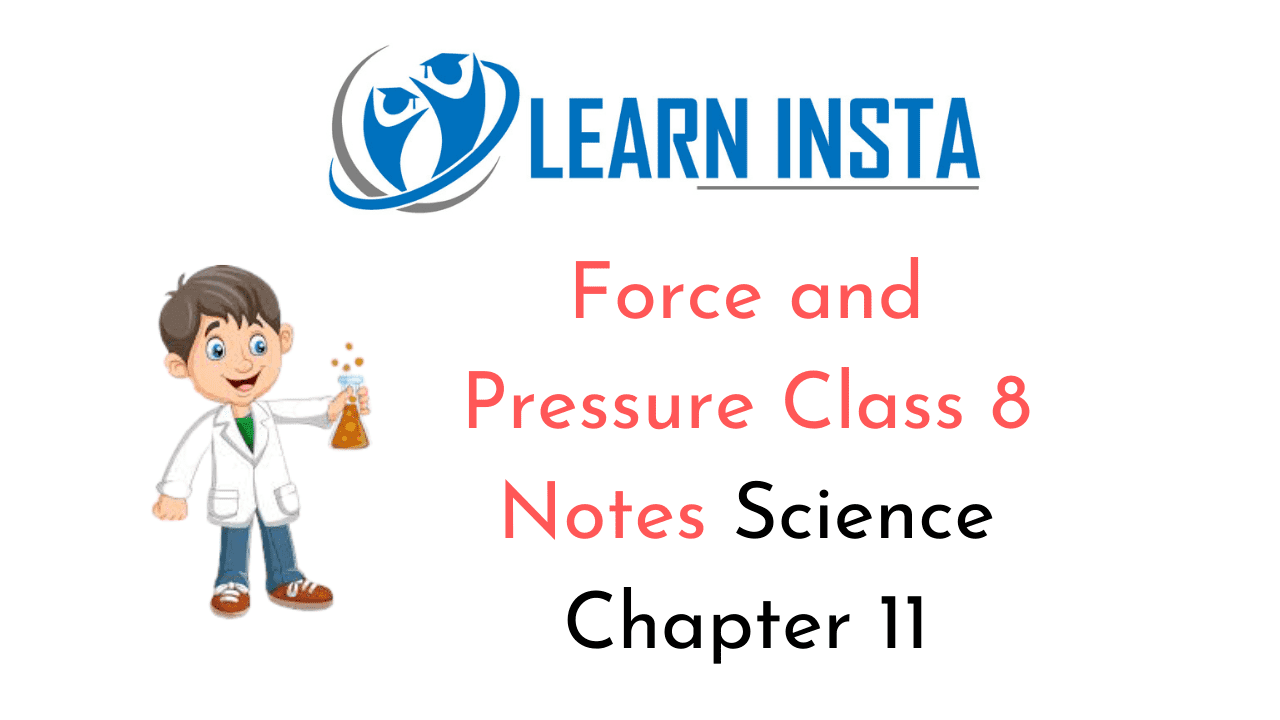
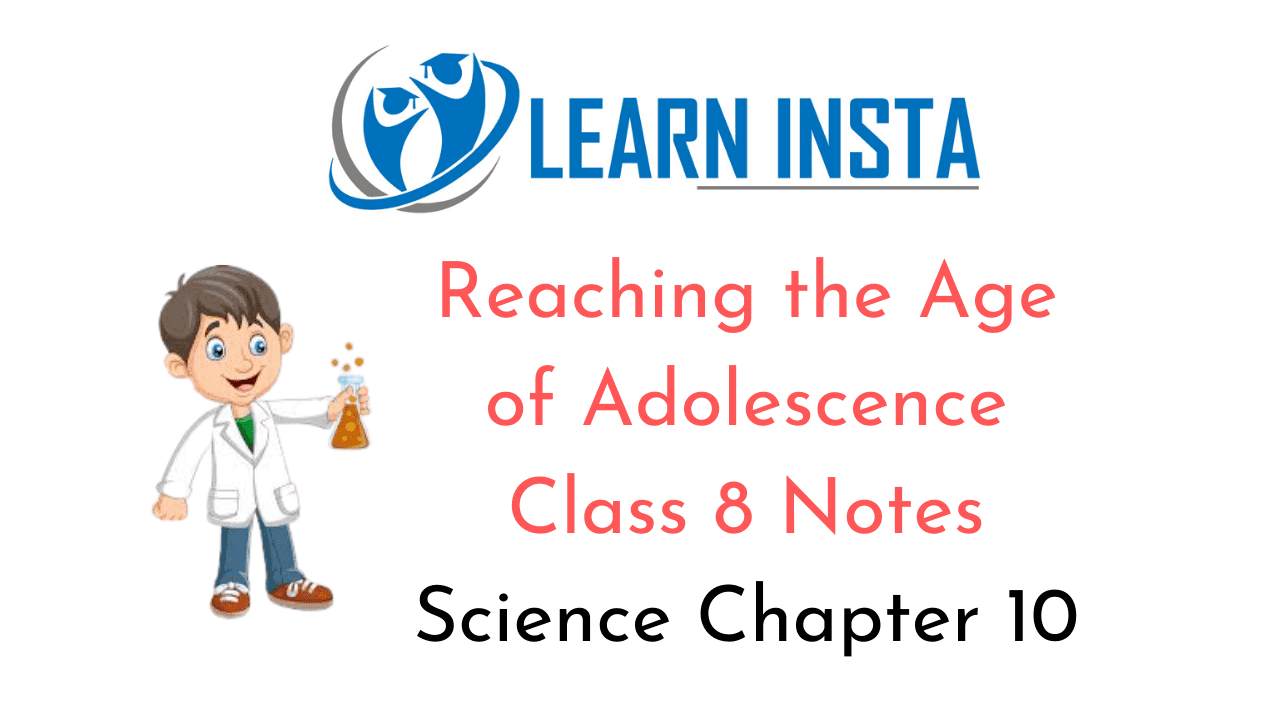
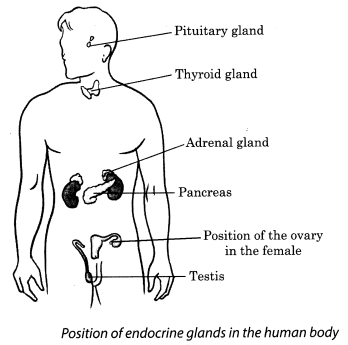
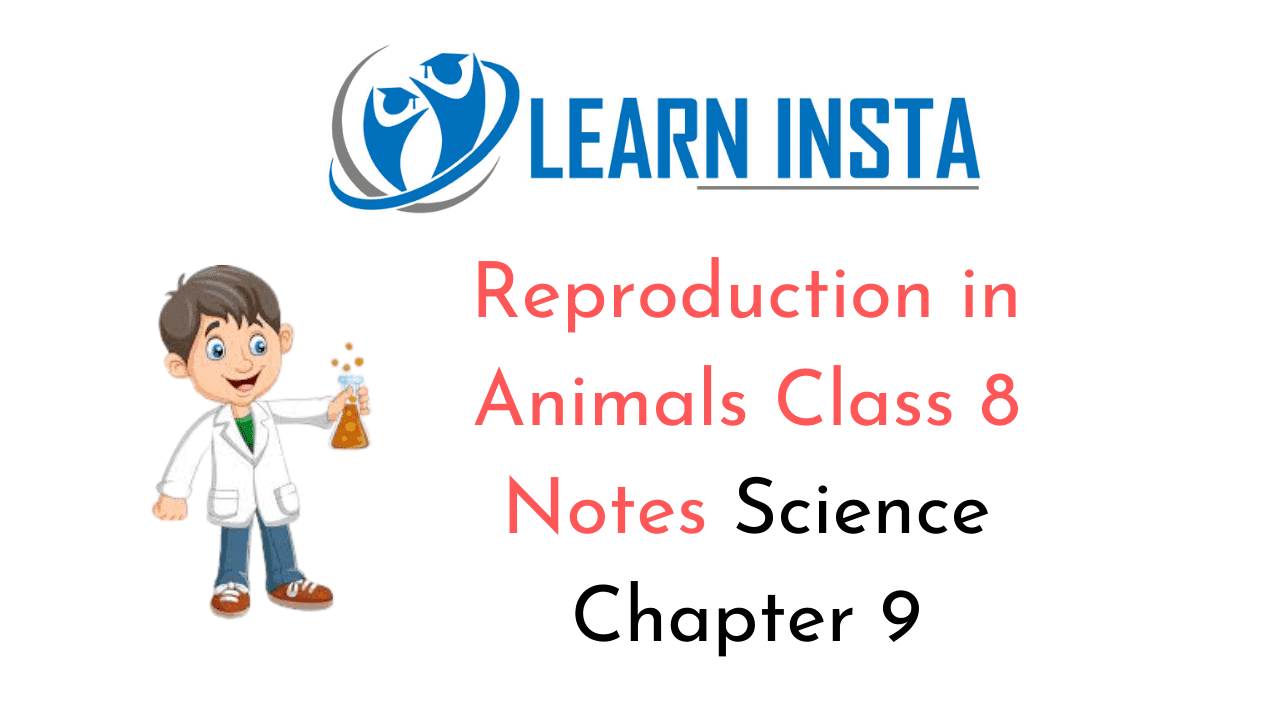
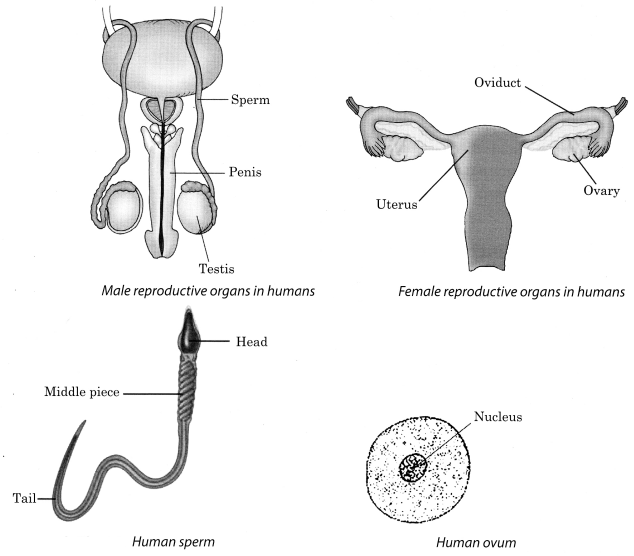
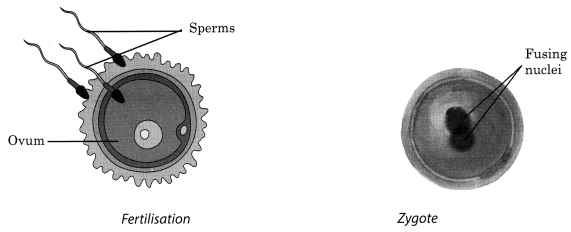
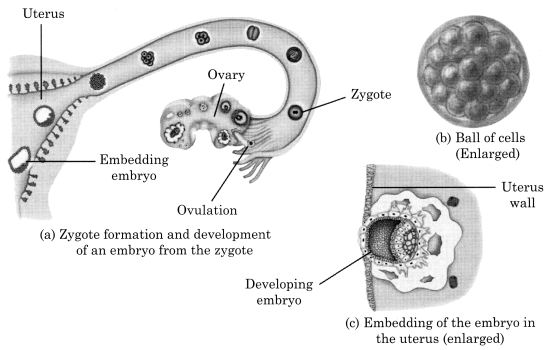
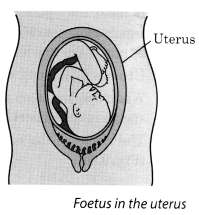
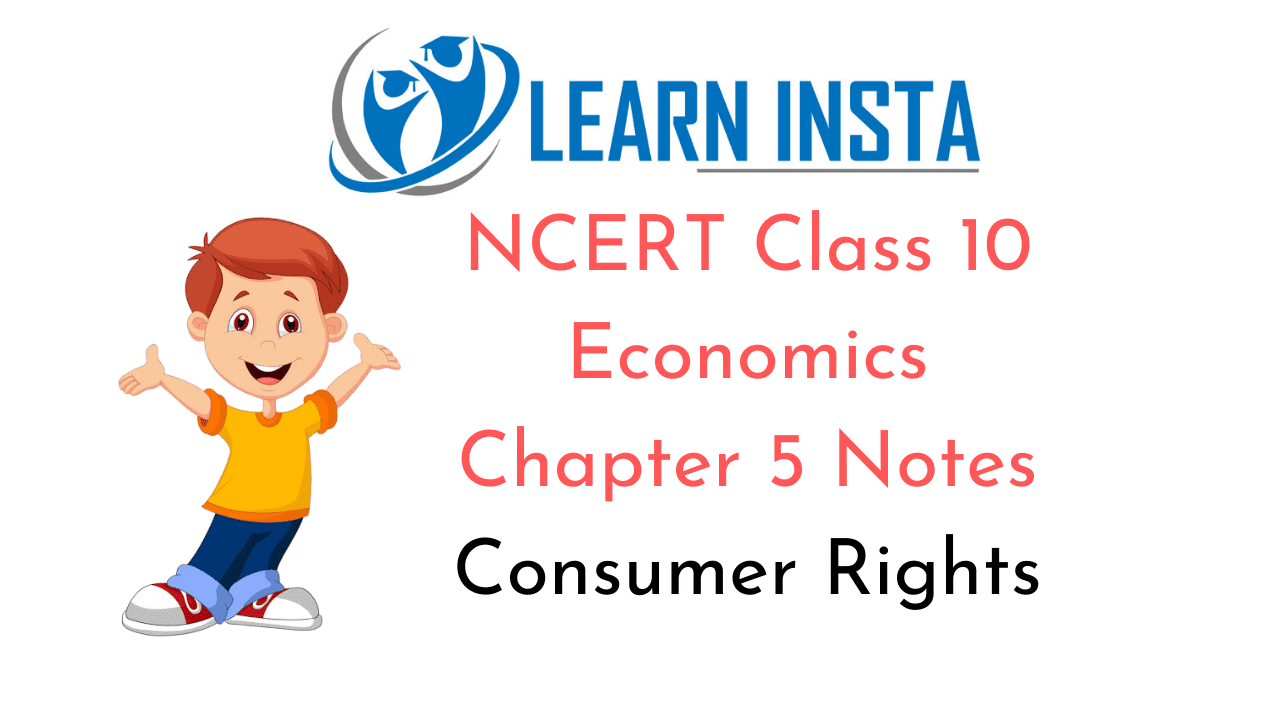 On this page, you will find NCERT Class 10 Economics Chapter 5 Notes Pdf free download. CBSE
On this page, you will find NCERT Class 10 Economics Chapter 5 Notes Pdf free download. CBSE 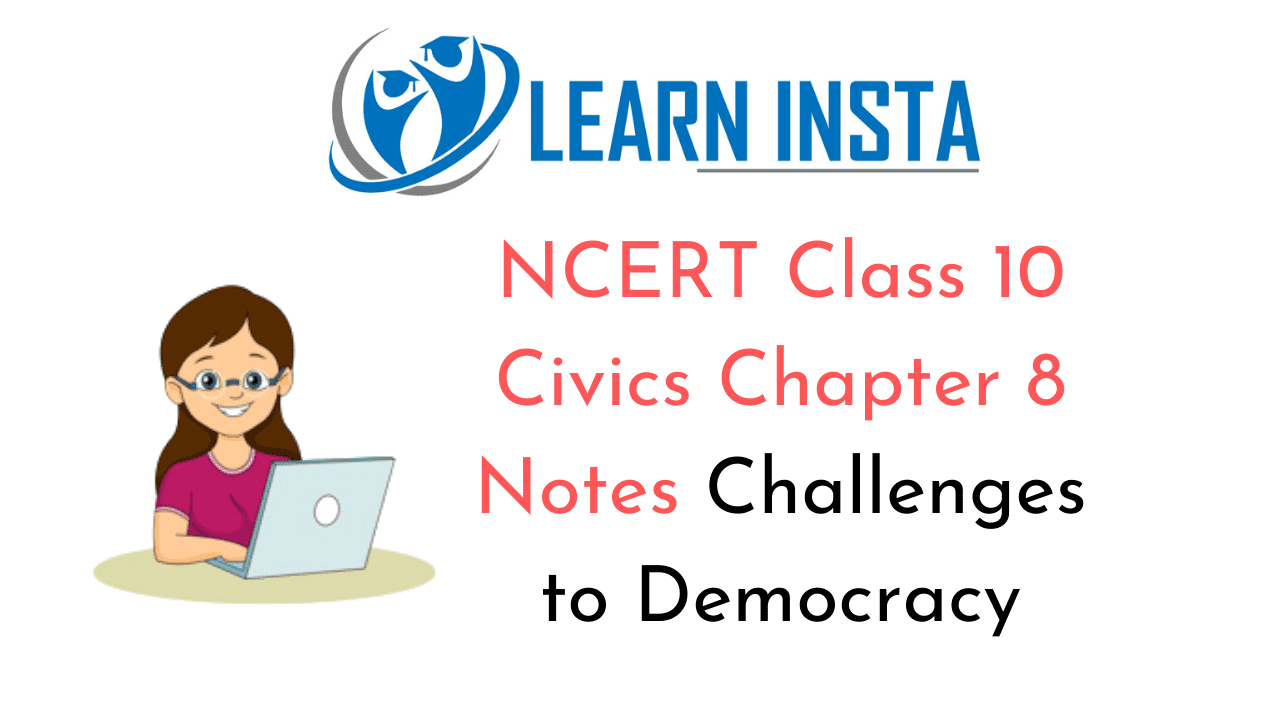 On this page, you will find NCERT Class 10 Civics Chapter 8 Notes Pdf free download. CBSE
On this page, you will find NCERT Class 10 Civics Chapter 8 Notes Pdf free download. CBSE 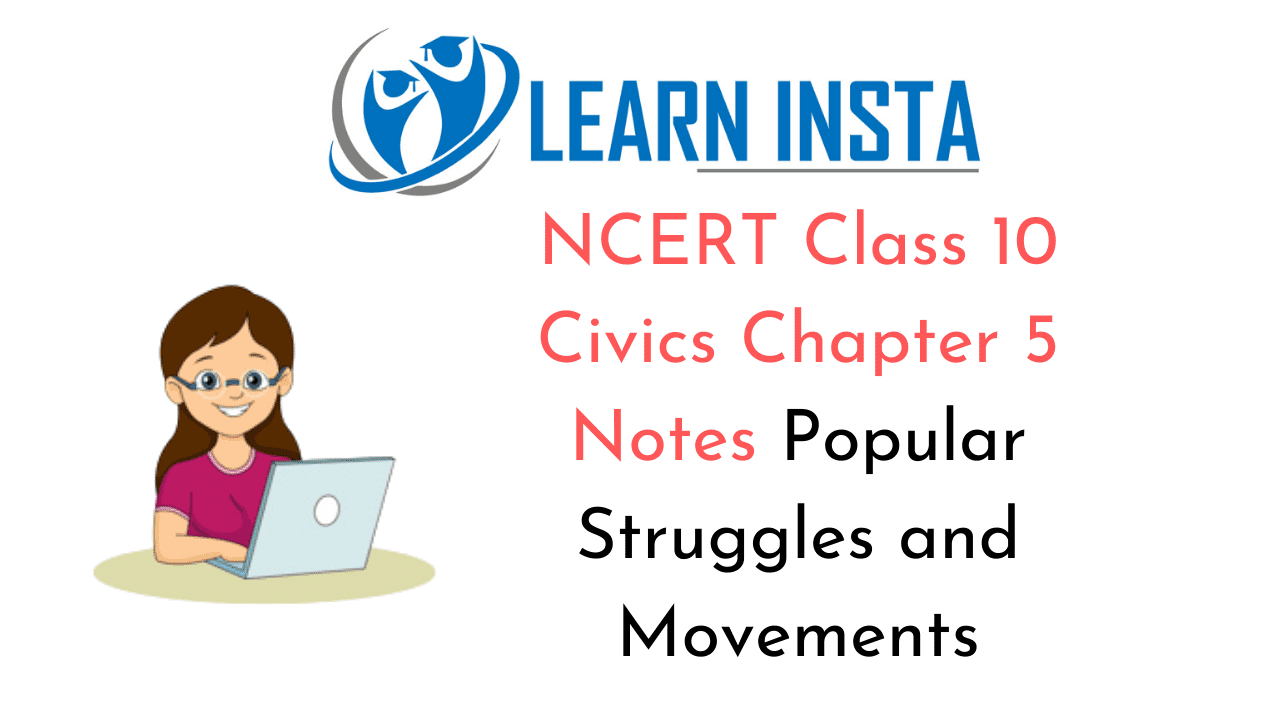 On this page, you will find NCERT Class 10 Civics Chapter 5 Notes Pdf free download. CBSE
On this page, you will find NCERT Class 10 Civics Chapter 5 Notes Pdf free download. CBSE 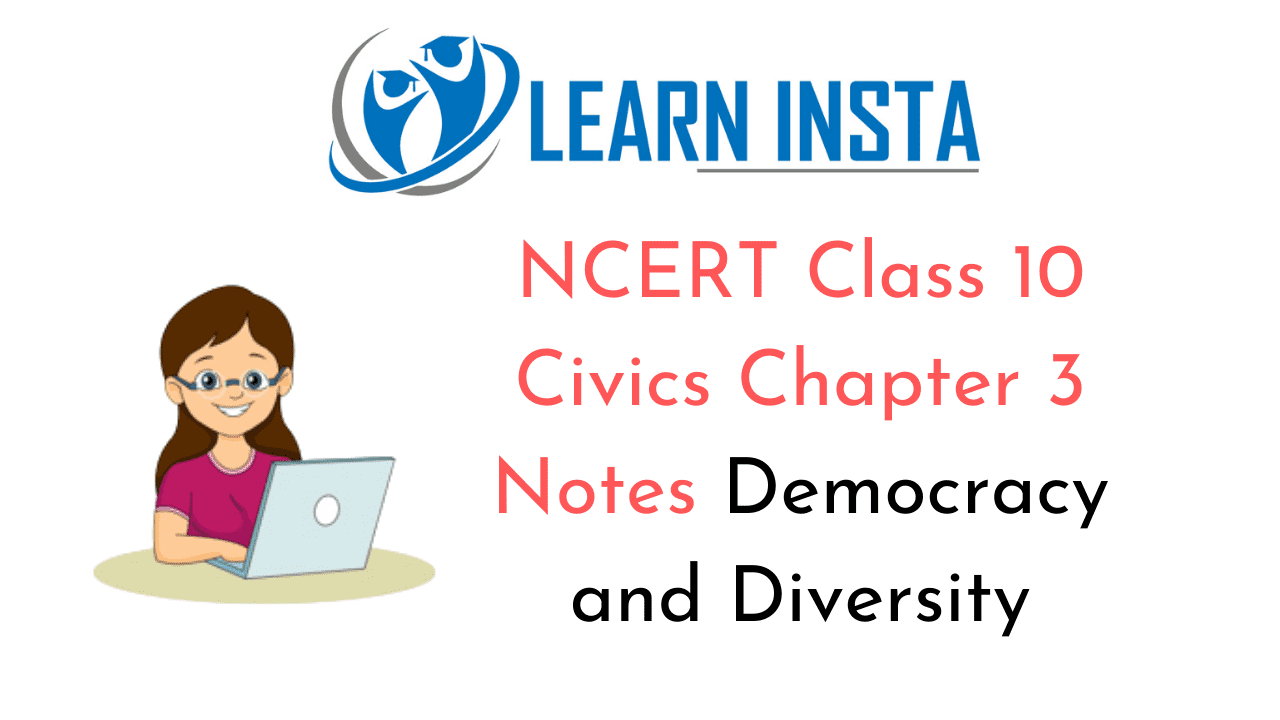 On this page, you will find NCERT Class 10 Civics Chapter 3 Notes Pdf free download. CBSE
On this page, you will find NCERT Class 10 Civics Chapter 3 Notes Pdf free download. CBSE 